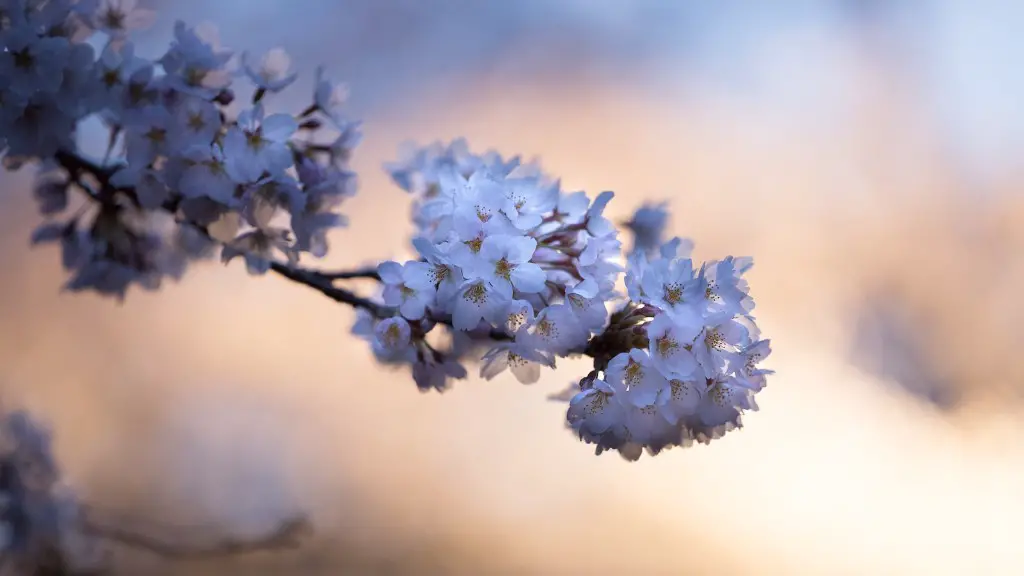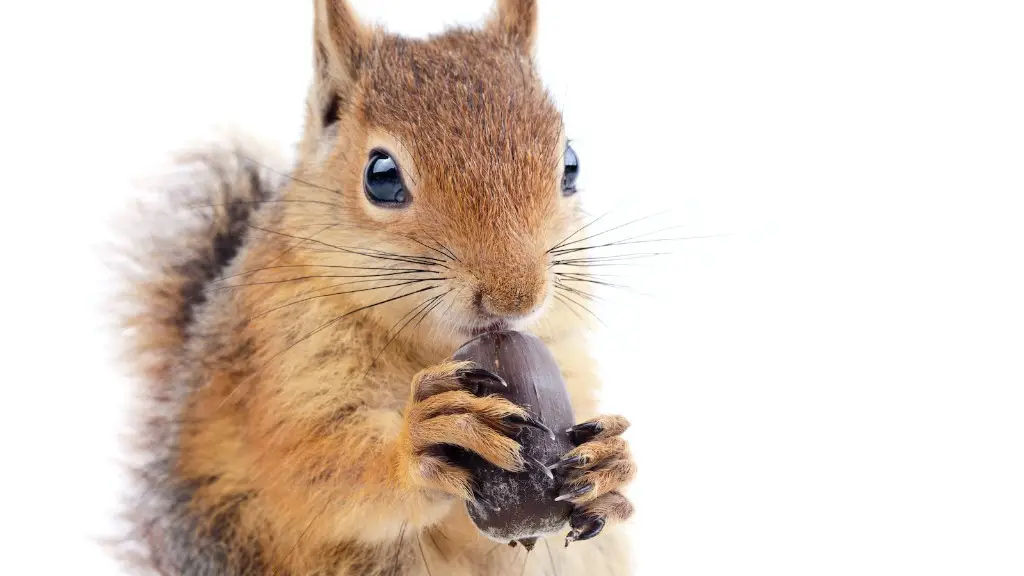Overview
Prune cherry trees periodically to allow them to reach their maximum potential as fruit producers and overall health. Cherry trees need an annual pruning to maintain their shape, produce larger fruits and create a healthier tree overall. Pruning can be a difficult task and growers should be aware that doing so at the wrong time may do more harm than good to their trees. Proper pruning techniques, done at the right time, can help your cherry tree to produce maximally and live longer.
When to Prune
When and how often to prune a cherry tree depends on how it was planted. If grown from a seed, the typical course of pruning is slightly different. Generally, cherry trees should be pruned once a year, using pruning shears. Pruning should usually be done in late winter or early spring, before the buds on the cherry tree start to swell. This allows for the new growth to be shaped as desired and for the tree to flower and fruit for longer periods of time.
Reasons for Pruning
Pruning a cherry tree is beneficial for a few different reasons. Firstly, pruning helps to stimulate new growth and promote fruiting. Pruning removes old, unproductive, or disease-ridden branches, encouraging new and healthier growth. Secondly, pruning allows one to give the tree its desired shape. Pruning also helps to promote sunlight to reach all areas of the cherry tree and oxygenates the fruits and leaves. Lastly, proper pruning prevents destruction of the wing-like branch structure, which makes it more difficult for storms to uproot the tree.
What to Prune
In order to ensure a healthy, productive tree, one should remove any diseased branches and dead, broken, or crossed ones. Additionally, one should remove any sucker growth from the base of the tree and remove any long, excess branches. Cherry tree pruning focuses on removing wood that takes energy away from the central trunk and main limbs. Branches that are too close to the ground should also be removed. Lastly, when pruning, one should check for any non-cherry growth such as lichens and other fungi and remove them.
The Pruning Process
The best way to start pruning your cherry tree is by cutting off any severely damaged or diseased branches first. It is also wise to make any large cuts first, then move on to smaller ones. When pruning, always be sure to make your cuts at the branch collar, or the base of the branch where it meets the main trunk or other larger branches. Make sure not to leave any stubs when pruning, which can lead to infection and decay. Finally, never remove more than 25 percent of the tree’s structure in a single pruning session.
Aftercare
Once pruning is complete, cherry tree growers should apply a protective paint to all wounds as soon as possible. This will help protect the wound from disease and decay and will help the tree heal faster. Girdling and over-pruning can both lead to mortality, so always be sure not to over-prune the tree. Additionally, make sure the tree is receiving the right amount of water and nutrition to optimize its health. Lastly, be sure to check the tree periodically for pests and diseases and treat as needed.
Protecting Cherry Trees From Winter Damage and Frost
Cherry trees can suffer damages from winter frost, particularly during the blooming period in the spring. To protect them from frost damage and other winter elements, there are a few steps one can take to prepare for the colder months ahead. Firstly, one should remove all dead and diseased wood from the tree, as well as any excess growth in order to make sure it has the healthiest and strongest scaffolding it can have. Secondly, one should cover their tree with horticultural fleece as a form of frost cover. This will protect the flowers from the cold. Finally, one should also apply mulch to thoroughly cover the soil and roots of the tree in order to further protect the plant from the cold.
Fertilizing Cherry Trees
Fertilizing cherry trees can help increase fruit production and the size of the fruit. Growers should take special care to select a fertilizer specifically made for fruit-bearing trees and follow the instructions carefully. Applying too much fertilizer can burn the roots so it is important to use a measuring spade and make sure only the right amount is being added. Additionally, spreading mulch around the base of the cherry tree is also a great way to help supply the tree with needed nutrients.
Pruning Young Trees
Pruning young cherry trees is an important step in preparing them to become healthy and produce quality fruit in the future. Pruning encourages the overall growth of young trees and helps to develop their shape and structure. One should start off by removing dead, diseased, or damaged branches, then gradually start to shape the tree. It is important to not overprune young cherry trees in order to give them the best chance at a healthy life. Poor pruning techniques can lead to stunted growth and overall poor health.
Conclusion
Pruning cherry trees correctly and at the right time can help ensure your tree lives a longer and healthier life and produces better quality fruit. Knowing when and how to prune, as well as the techniques and after-care required, can help you get the best possible results out of your cherry tree. With proper maintenance, pruning, and protection, your cherry tree can reach its full potential and produce the best possible fruit.


